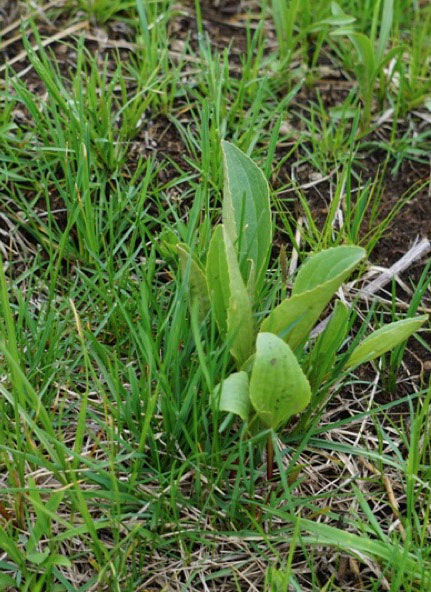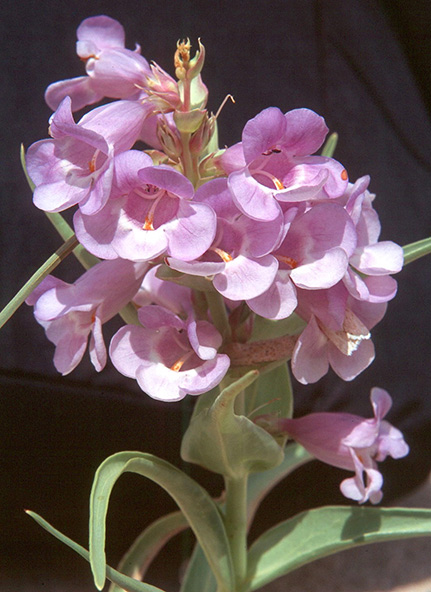Lauritzen Botanic Gardens
Lauritzen Gardens has focused on the Central Grassland of North America and has been engaged in prairie work on several fronts. Three current projects are: Endemic Plants of the Central Grassland of North America, Sandsage Prairie Initiative, and Blowout Penstemon Seed Banking Project.
Endemic Plants of the Central Grassland of North America
Knowledge of the endemic plants of a region is an important element in understanding the biological diversity of that region and in prioritizing areas for conservation action. Research by Lauritzen Gardens has identified 382 plants with geographic distributions that are mostly limited to the Central Grassland . Of these endemic and uniquely grassland plants, 124 or 33 percent are at risk of extinction. A paper documenting the distribution, ecology, and conservation status of these plants was published in the Journal of the Botanical Research Institute of Texas in 2017. You can read the article here.


Sandsage Prairie Initiative
Sandsage prairie is a steppe community in which the shrub sand sagebrush (Artemesia filifolia) is a dominant element. This community type is found in sandy habitat throughout a large part of the western Great Plains. Sandsage prairie is important for many species of grassland birds but is declining in both quality and quantity, and it has been identified as a conservation priority in the state wildlife action plans of Nebraska, Colorado, and Kansas. Lauritzen Gardens conducted a rare-plant survey of Nebraska sandsage prairie in 2017 and is currently engaged in a range-wide ecological survey of that will, hopefully, yield insights that inform conservation management practices. This research is being supported by a generous donation from the Loveland Garden Club (Garden Club of America member) of Omaha, Nebraska.
Blowout Penstemon Seed Banking Project
The blowout penstemon (Penstemon haydenii) is one of the rarest and most endangered plant species in the United States. It is currently known from 10 naturally-occurring populations in the Nebraska Sandhills and from three populations on sand dunes in the Ferris Dunes of south-central Wyoming. Lauritzen Gardens is working with a team of federal and state botanists to conduct a systematic, range-wide seed banking effort for this species. The effort will involve collecting seed samples from as many extant populations as is possible and prudent.